Written by Fidgit
Haz clic aquí para leer en español
Remote from Neighbors in a forest wide, Studious to save what human wants require, in embers heap’d, preserves the seeds of fire.
-The Odyssey
Much like Patagonia itself, the idea of the horseback-mounted locals is a nebulous and enchanting idea. Cowboys out here on the final frontier. It has captured the imagination of people from across the globe. Particularly, we of the first world who grasp ever more for something true to the earth on which it stands.

Two categories of such people are the gauchos and the huasos. But what is the difference? The answer depends on who you ask. As we traveled through Tierra del Fuego, then across the straits and into the Magallanes region, the southernmost reaches of Patagonia, we began to learn some of the differences in opinion and perspective. One of my favorite earliest entries from this journey was about Manuel, a huaso out on the edge of nothing.
Read “Cowboys Don’t Like Chocolate” here.
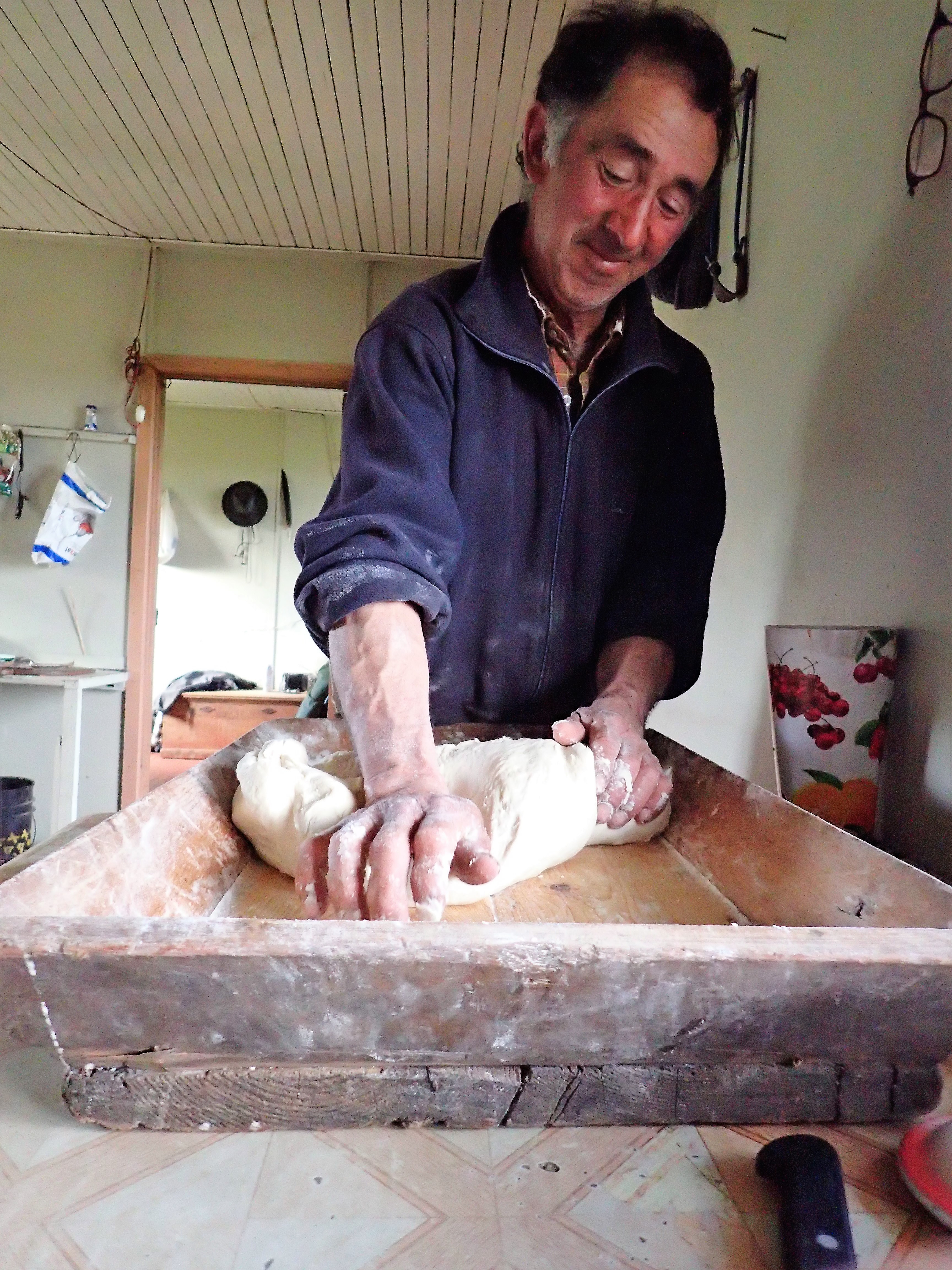
Here we share some insights from the first year of walking through the southernmost regions of Chile and Argentina. By virtue of our direction of travel, most of what we have learned about are the gauchos, strongly ascribed to by many Patagonians. One self proclaimed gaucho, and probably one of the most famous remaining of the old breed, Don Geraldo Rial, told us, “un guacho debe ser medio chistoso, medio serio, y completamente honesto,” [A gaucho must be half jokester, half serious, and completely honest]. I believe Don Manuel, in the story above, would agree of this about the huaso.

The gaucho has root in the days of early pasturage – well after the Spanish had introduced horses and the English sheep – once working these animals had become a primary source of income in the region. They would often own nothing more than their horse, dogs, and a bed roll. The songs tell of how these solitary individuals would roam free across the lands, settling in and working for pay when, where, and for whom it suited them. Generally, these are men of few words, humble means, and great generosity. The cowboys of the south are now a dying breed because of infrastructure, and technology.
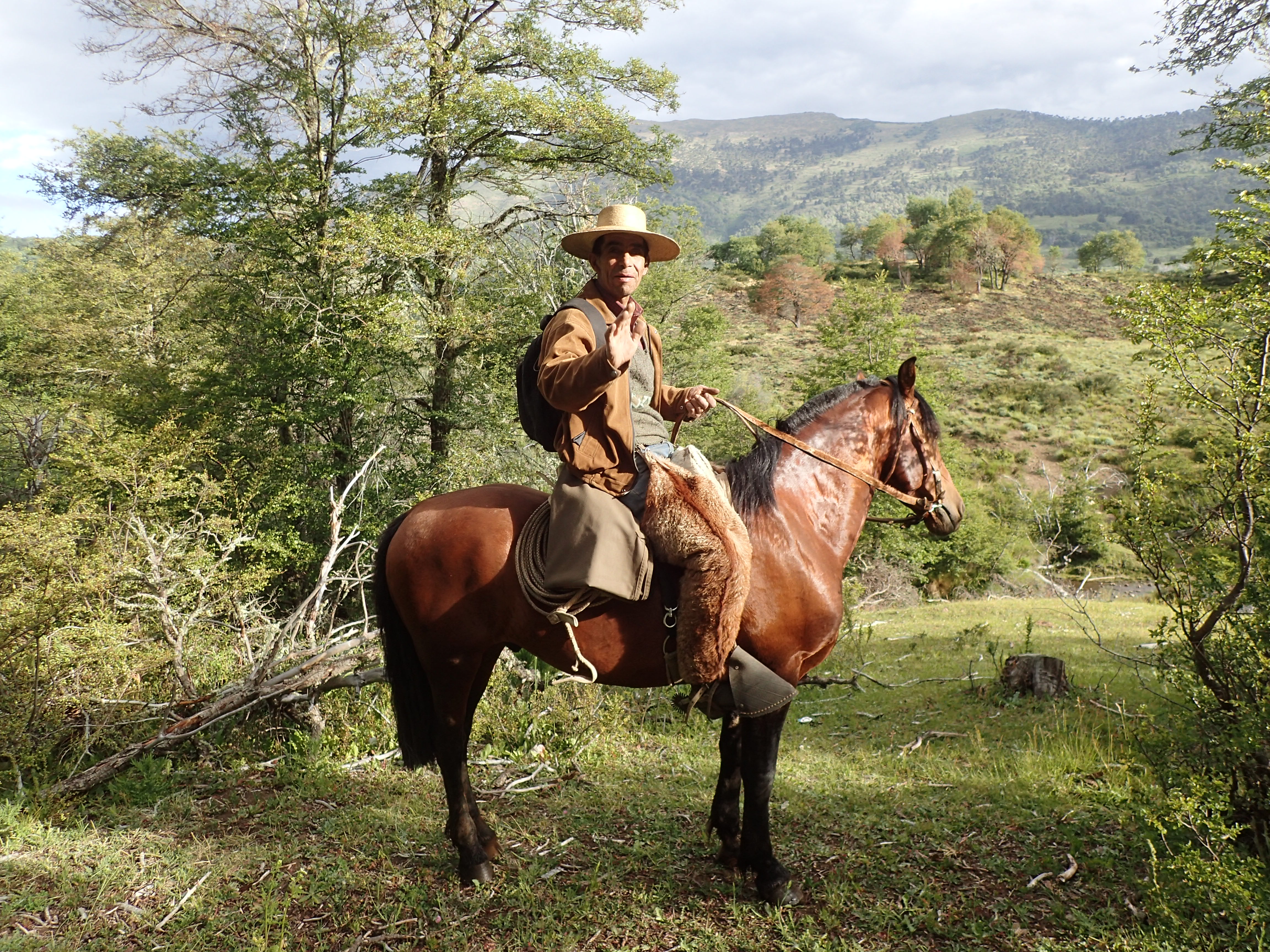
As to the delineation between gauchos and huasos, three in particular stand out:
- A division between East and West. A few people have insisted that Gauchos are Argentine and Huasos are Chilean.
We have met a couple individuals who self identify as gauchos in Chile, though most everyone from that region identify as Patagonian first, nationality second (as the region was largely neglected by their governments in the early years of development). Most local commerce occurred across the frontera, without much regard for borders, except where military skirmishes and rashes of land mines broke out. - A delineation between North and South. Most Patagonians will tell you huasos are from the north. At first I assumed this meant north of Santiago. Turns out, to them, everywhere in the world, except Tierra del Fuego and Antarctica, is north.
- A final rendition is that of wealth. The huasos are the sons of wealthy land owners while gauchos were of meager means who prioritized their freedom over possession. One Park service old timer outside Puerto Natales said that a huaso would spend more money on a single spur than a gaucho had on his entire kit.
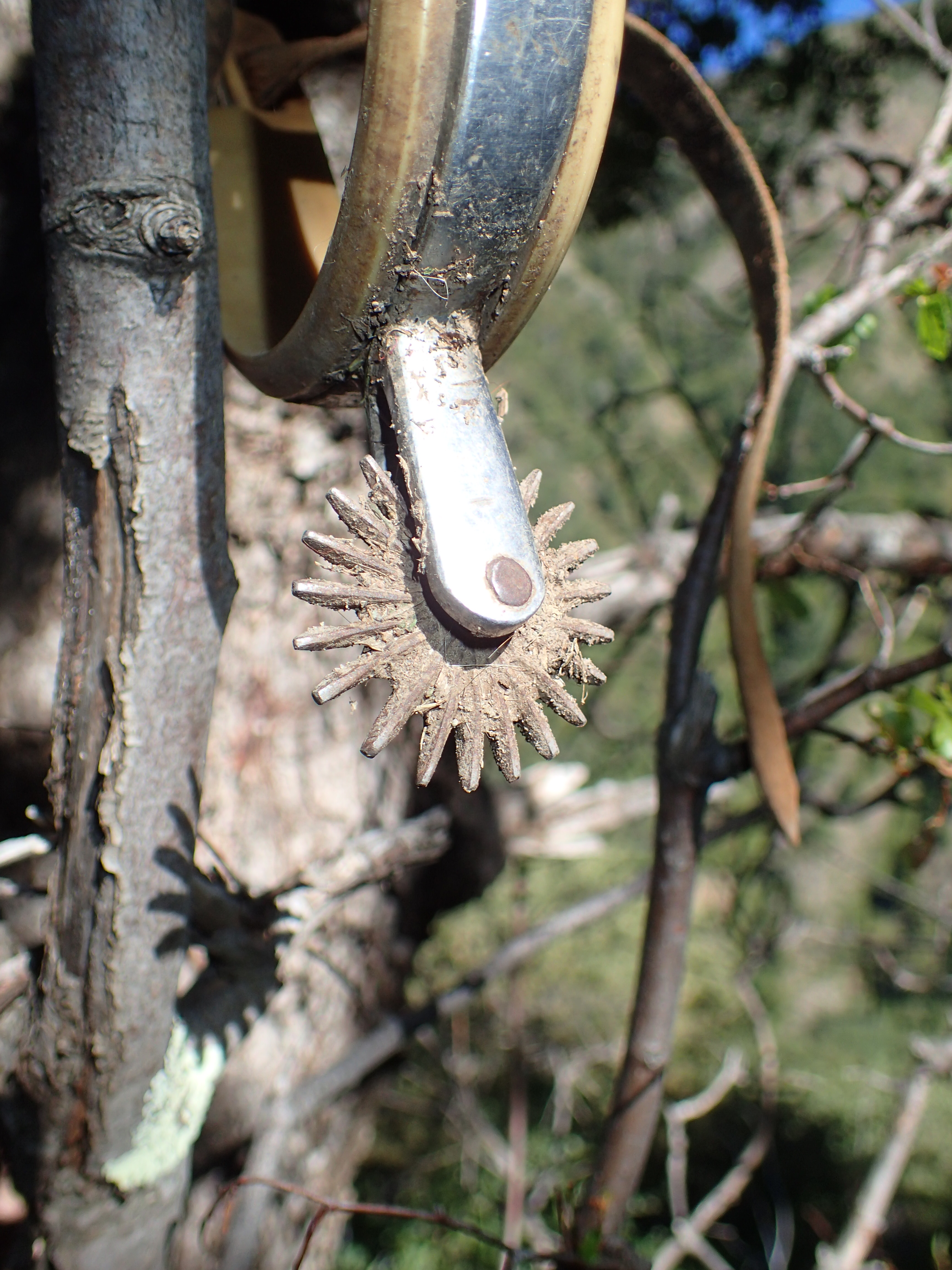
This is not a fancy spur, just one we found on the ground and hung in a tree, hoping the owner would pass back by and pick it up.
There are exceptions to each of these ideas, which is frustrating, because I want to lay out something clear and certain for you. Our observations are much more basic, and each time I have the opportunity to chat with a rider and it seems not too rude or forward, I ask how they identify themselves. Based on these unofficial findings and our observations the differences are:
- Hats– In Patagonia they wear boinas. Often wool, these berets hold tight to the head and are well suited to keeping a head warm and staying put in the fierce Patagonian winds. (Pictured on Don Rial above).
The huasos wear chupallas, sun hats made out of straw with very wide and flat brims. - Land Ownership– Of the few self-identified gauchos with whom we have conversed, most do not own land themselves, rather live on and work the animals of a proprietor who resides in “the city” (Santiago).
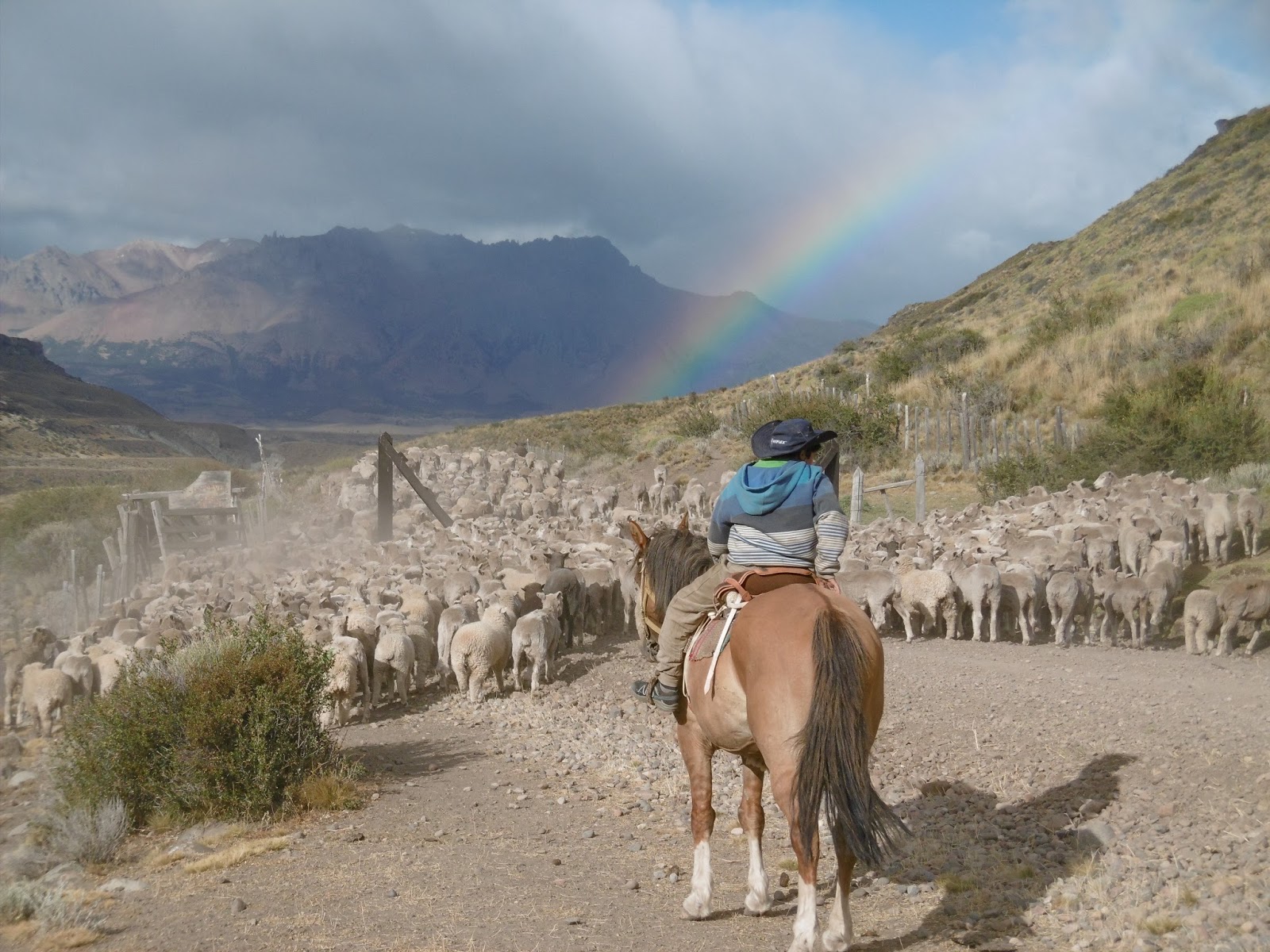
As with anything in life, we can choose to focus on differences and all we are losing, or the common ground and adaptations. This journey, and the stories we tell, are hopefully a mix of both. So I would like to end this entry talking about the latter. Some prominent similarities we have noted between gauchos and huasos:
- Horses– they love and take great pride in their animals. Often they are more than a means of transportation, they are companions with whom they work as a unit to move across tricky terrain and herd the stock animals. These horses know more about their solitary owners than probably any human on the planet for the amount of time they spend ranging around in the high country together searching for the last few, lost animals (this is mostly when and where we run in to these gentlemen).

The criollo horses are truly stunning - Family– The family tradition is strong down here. Most of the adults we speak with have 6-12 siblings. The family units have, within a generation, shrunk significantly (more around 2-3 kids). There continues to be an emphasis on a father’s relationship to his eldest sons. Often we see a father out riding with his boy, be he 7 or 20. The son will be on the best horse and, with one father son team we spoke with, the teenager was so comfortable atop the beast he draped and lounged casually across the animal’s back as we spoke.

Nelson and his eldest son, Roberto Matos. Liucura, Chile
Early in this article, I alleged that gauchos in particular are a “dying breed because of infrastructure, and technology.” As I walk with this thought and observe the local horse-mounted commuters on the trails we travel, I begin to consider whether, as the final generation of the notion dies away, another isn’t replacing it. The era of the AM & ham radio communication and months of solitude may be coming to an end, but perhaps the cowboys of the south are adapting rather than disappearing.
Climbing toward the pass north of Trapa Trapa, Chile, between borders one morning we were passed by a teenager in saddle wearing a sweatshirt, cap, and with headphones in. When we saw him again, with his father and the rest of the men pushing the animals back down the valley, there was no sign of the earbuds. Leaving Regolil, a father, followed closely by his boy of no more than 7, was piping some tunes from a wifi speaker and neither horse seemed perturbed.
If adaptation is what it takes to survive, we cannot look for things to appear as what we once knew, but rather must practice recognizing the evolution of the forms which are coming into being, and give gratitude for getting even a glimpse of the proud heritage they carry forward.
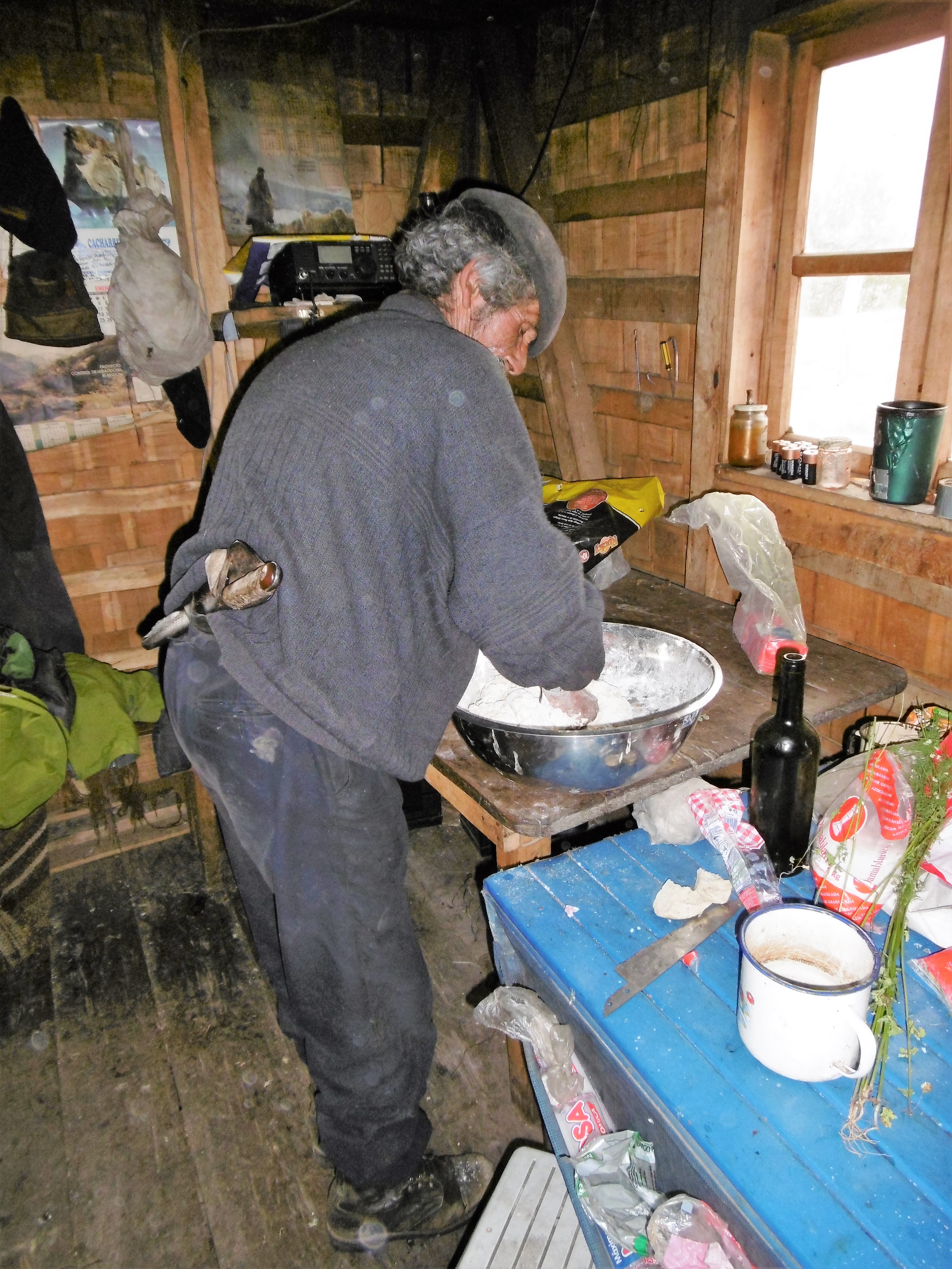
Gauchos y Hausos
Escrito por Fidgit
Traduccion por Henry Tovar
A distancia de los vecinos en un bosque ancho, estudioso para salvar lo que los deseos humanos requieren, en las brasas apiladas, conserva las semillas del fuego.
-La odisea
Al igual que la propia Patagonia, la idea de los lugareños montados a caballo es una idea nebulosa y encantadora. Los Vaqueros aquí en la última frontera. Ha capturado la imaginación de personas de todo el mundo. Particularmente, nosotros del primer mundo que agarre cada vez más para algo verdadero a la tierra en la cual se coloca.

Dos categorías de tales personas son los gauchos y los huasos. Pero, ¿cuál es la diferencia? La respuesta depende de a quién preguntes. A medida que viajamos por Tierra del Fuego, luego a través de los estrechos y hacia la región de Magallanes, la parte más meridional de la Patagonia, comenzamos a aprender algunas de las diferencias de opinión y perspectiva. Una de mis primeras entradas favoritas de este viaje fue sobre Manuel, un huaso en el borde de la nada.
Lee “A los vaqueros no les gusta el chocolate” aquí.

Aquí compartimos algunos puntos de vista desde el primer año de caminar por las regiones más meridionales de Chile y Argentina. En virtud de nuestra dirección de viaje, la mayoría de los que hemos aprendido son los gauchos, fuertemente atribuidos por muchos patagones. Uno de ellos, proclamado gaucho, y probablemente uno de los remanentes más famosos de la vieja raza, Don Geraldo Rial, nos dijo: “Un guacho debe ser medio chistoso, medio serio, y completamente honesto”. Creo que Don Manuel, en la historia anterior, estaría de acuerdo en esto sobre el huaso.

El gaucho tiene raíz en los días de los primeros pastos, mucho después de que los españoles hubieran introducido caballos y ovejas inglesas, una vez que estos animales se habían convertido en una fuente primaria de ingresos en la región. A menudo no poseían nada más que su caballo, perros y un rollo de cama. Las canciones hablan de cómo estos individuos solitarios vagaban libres a través de las tierras, estableciéndose y trabajando para el pago cuándo, dónde, y para quién les convenía. Generalmente, estos son hombres de pocas palabras, medio humildes y gran generosidad. Los vaqueros del sur ahora son una raza que muere debido a la infraestructura, ya la tecnología.

En cuanto a la delimitación entre gauchos y huasos, destacan tres:
- Una división entre Oriente y Occidente. Algunas personas han insistido en que los gauchos son argentinos y los huasos chilenos. Hemos conocido a un par de individuos que se identifican como gauchos en Chile, aunque la mayoría de todos de esa región se identifican como la Patagonia primero, la nacionalidad en segundo lugar (ya que la región fue muy descuidada por sus gobiernos en los primeros años de desarrollo). La mayor parte del comercio local ocurría a través de la frontera, sin mucho respeto por las fronteras, excepto cuando estallaban escaramuzas militares y erupciones de minas terrestres.
- Una delineación entre Norte y Sur. La mayoría de los patagones les dirán que los huasos son del norte. Al principio asumí que esto se refería al norte de Santiago. Resulta, para ellos, en todas partes del mundo, excepto Tierra del Fuego y la Antártida, está al norte.
- Una interpretación final es la de la riqueza. Los huasos son los hijos de los ricos terratenientes, mientras que los gauchos eran de escasos recursos que daban prioridad a su libertad sobre la posesión. Un antiguo timonel de servicio de parques fuera de Puerto Natales dijo que un huaso gastaría más dinero en un solo estímulo que un gaucho en su equipo completo.

Hay excepciones a cada una de estas ideas, lo que es frustrante, porque quiero presentar algo claro y seguro para usted. Nuestras observaciones son mucho más básicas, y cada vez que tengo la oportunidad de charlar con un jinete y no parece demasiado grosero o hacia adelante, pregunto cómo se identifican. Sobre la base de estos hallazgos no oficiales y nuestras observaciones las diferencias son:
- Sombreros– En la Patagonia usan boinas. A menudo de lana, estas boinas se mantienen apretadas a la cabeza y son muy adecuadas para mantener una cabeza caliente y permanecer en los vientos feroz patagón. (En la imagen de Don Rial arriba).Los huasos llevan chupallas, sombreros hechos de paja con briznas muy anchas y planas.
- Propiedad de la tierra– De los pocos gauchos auto-identificados con los que hemos conversado, la mayoría no poseen la tierra ellos mismos, sino que viven y trabajan los animales de un propietario que reside en “la ciudad” (Santiago).

Como con cualquier cosa en la vida, podemos optar por centrarnos en las diferencias y todo lo que estamos perdiendo, o el terreno común y las adaptaciones. Este viaje, y las historias que contamos, son esperanzadamente una mezcla de ambos. Así que me gustaría terminar esta entrada hablando de esto último. Algunas similitudes prominentes que hemos notado entre gauchos y huasos:
- Los caballos que aman y se enorgullecen de sus animales. A menudo son más que un medio de transporte, son compañeros con los que trabajan como una unidad para moverse a través de terreno complicado y el rebaño de los animales comunes. Estos caballos saben más sobre sus propietarios solitarios que probablemente cualquier humano en el planeta por la cantidad de tiempo que pasan que se extienden alrededor en el país alto juntos buscando los últimos animales perdidos (esto es sobre todo cuando y donde corremos a estos caballeros ).

Los caballos criollos son realmente impresionantes - Familia– La tradición familiar es fuerte aquí abajo. La mayoría de los adultos con los que hablamos tienen entre 6 y 12 hermanos. Las unidades familiares, en una generación, se han reducido significativamente (más de 2-3 niños). Sigue habiendo un énfasis en la relación de un padre con sus hijos mayores. A menudo vemos a un padre a caballo con su hijo, ya sea 7 o 20. El hijo estará en el mejor caballo y, con un hijo padre hijo con el que hablamos, el adolescente estaba tan cómodo en la cima de la bestia que cubrió y descansó casualmente a través de La espalda del animal mientras hablábamos.

Al principio de este artículo, alegé que los gauchos en particular son una “raza moribunda debido a la infraestructura y la tecnología”. Mientras camino con este pensamiento y observo a los viajeros locales montados a caballo en los senderos que viajamos, comienzo a considerar si, a medida que la última generación de la noción muere, otra no la está reemplazando. La era de la comunicación por radio y los meses de soledad pueden estar llegando a su fin, pero tal vez los vaqueros del sur se están adaptando en lugar de desaparecer.



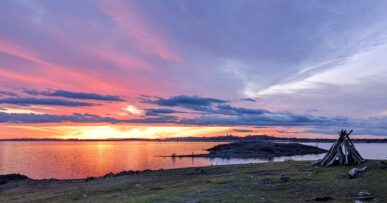



Comments (1)
Thanks again for your interesting narrative and descriptive pictures. Now I know the difference between a huaso and a guacho!